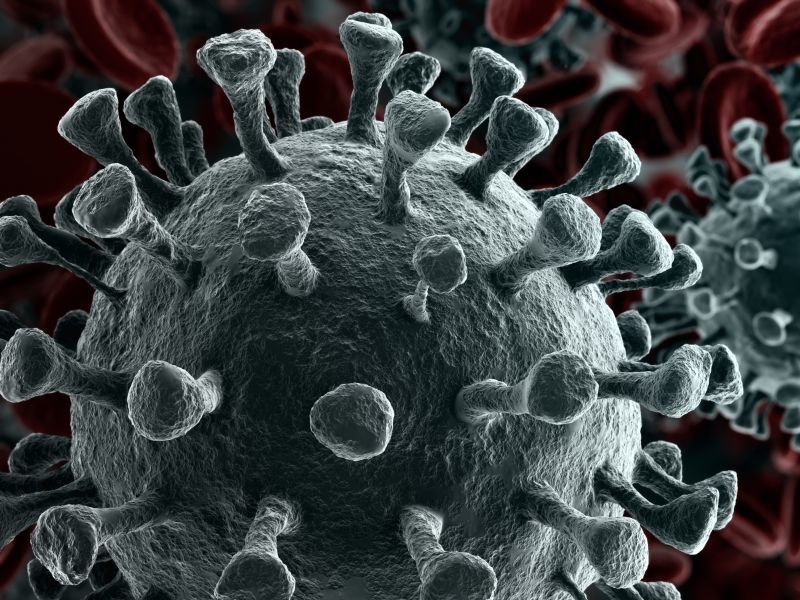THURSDAY, JAN. 14, 2021 (HealthDay News) — Scientists have created the first computer model of the entire virus that causes COVID-19 and will share it with other researchers trying to find ways to fight the pandemic.
“If you can understand how a virus works, that’s the first step towards stopping it,” Gregory Voth, a chemistry professor at the University of Chicago, said in a school news release. “Each thing you know about the virus’s life cycle and composition is a vulnerability point where you can hit it.”
The computer model of the SARS-COV-2 virus created by Voth and his team includes the most important characteristics of each component of the virus, but not “less important” information.
This means the model is comprehensive but still feasible to run on a computer, according to the researchers. An article about their model of the virus appears in the Biophysical Journal.
“You could try running an atom-level model of the actual entire virus, but computationally it would bog you down immediately,” Voth said. “You might be able to manage it long enough to model, say, a few hundred nanoseconds worth of movement, but that’s not really long enough to find out the most useful information.”
Anyone can download the model and use it for their research.
Many researchers have focused on creating models of individual proteins of the coronavirus. This is useful but misses part of the larger picture, according to Voth.
“The virus itself is a holistic thing,” he said. “In my opinion, you can’t assume you can look at individual parts in isolation. Viruses are more than just the sum of their parts.”
The model also enables scientists to add new information about the SARS-COV-2 virus as soon as it becomes available.
Voth said the computer model could help scientists create drugs to fight the coronavirus and to understand mutations in the virus.
“Making a multiscale model of the whole virus and integrating all this information rapidly is a big technological step forward,” Voth said.
“If there is any upside to this pandemic, I hope that it advances our tools to fight viruses beyond COVID-19 — like influenza, HIV and any new coronaviruses that arise in the future,” Voth added.
More information
The U.S. Centers for Disease Control and Prevention has more on COVID-19.
SOURCE: University of Chicago, news release, Jan. 14, 2021
Copyright © 2025 HealthDay. All rights reserved.

